DELHI, India—It started with a hug, at least in the public sphere.
In July last year, Indian opposition parties, including the Indian National Congress (INC), brought a no-confidence motion against the ruling Bharatiya Janata Party (BJP) in Parliament. While the BJP won the majority vote, saving the government from embarrassment, INC President Rahul Gandhi scored a hit too.
Gandhi, who delivered a lengthy speech mainly highlighting alleged corruption in a major defense deal finalized some time ago by the government, got emotional. Acknowledging the pejorative nickname that the BJP calls him—Pappu, or a foolish fellow—he claimed that he didn’t bear any ill-will toward his detractors for their barbs.
He then walked up to Prime Minister Narendra Modi and hugged him. The hug hit the headlines the next day and became wildly popular, with pundits on TV programs debating its significance.
Other than Pappu, Gandhi has also been called Naamdar. It is the PM’s usual term of address for him and means a dynast (privileged person) in Hindi. This is because most of his time in politics so far has been seen as short on tangible achievements, save for one or two victories at the state level. He entered politics in 2004, and, since then, the party appears to have stumbled from one debacle to another.
The 2014 elections diminished the INC further, reducing it to a mere 44 seats, the lowest ever tally for the party since independence in 1947. Related by birth to three former PMs, Gandhi was mocked and pilloried for not being able to revive the party’s fortunes. It made matters worse that, despite taking charge in 2013 as vice president, his efforts came to naught electorally.
He was also criticized for being reluctant to take any ministerial position in his party’s successive turns at the government between 2004 to 2014. In addition, his secret forays abroad during critical political developments made him a target of suspicion and scorn.
The jinx was broken only after he took charge as INC president in December 2017 and followed that by leading the party to a victory in assembly elections in Karnataka, a south Indian state, in May 2018. Before Karnataka, the party came a close second to the BJP in Gujarat, which is Modi’s home state.
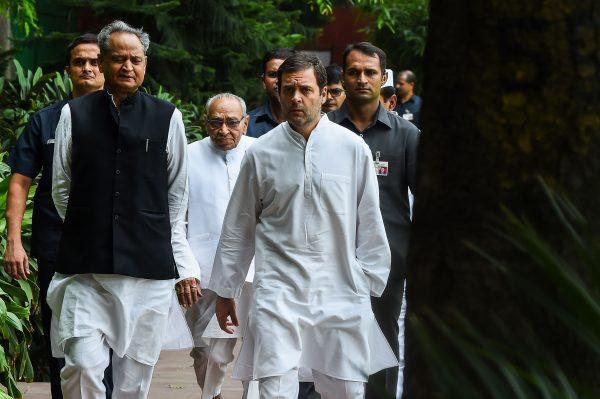
Nevertheless, it was the INC’s victory in three Hindi-speaking states last December that has the press, the public, and even his opponents sitting up and finally taking notice of him as a bona fide leader and future prime minister.
“The morale of party members was low, but Mr. Gandhi helped us rise fast and challenge the BJP. It is the biggest turnaround in the party’s history. He led from the front,” said INC spokesperson Priyanka Chaturvedi at INC headquarters in Delhi.
This came about, she said, because Gandhi is raising issues that matter to Indian voters.
“Despite getting the mandate, the BJP failed to deliver and tried to deflect from the real issues. [Gandhi] has raised these issues and is able to connect with the people.”
These issues include “rising joblessness, farm distress, violence against women,” among others, Chaturvedi said. Farmers have been protesting across the country recently, and figures show that unemployment has risen since the introduction in 2016 of the demonetization policy to combat corruption.
According to a well-placed source in the party who didn’t wish to be named, the turnaround for the INC began after Gandhi became president.
“He was unable to run the party (as vice-president) according to his ideas, as his mother and her advisers were still around. The advisers, insecure of their own positions, resisted his efforts at bringing change,” the source said.
Other, more specific, measures were initiated to counter Gandhi’s image as aloof and inarticulate.
“We initiated several rounds of off-the-record briefings with journalists, including only women and foreign journalists,” the source said. “These meetings went on for a couple of hours, and the journalists were free to ask him anything. He responded to all their queries. This helped us convey the impression through the press that he was a person of substance and that had a vision for the country’s future.”
More recently, Gandhi brought his sister, Priyanka Gandhi, into the INC’s organization by making her a senior functionary.
The next federal election hasn’t yet been announced. Gandhi said at a political rally recently that if voted to power, his party will implement a minimum income guarantee scheme for India’s poor.
Will the electorate take the bait?
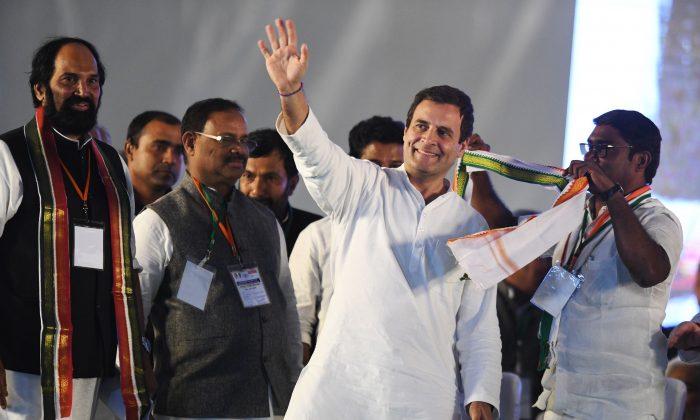
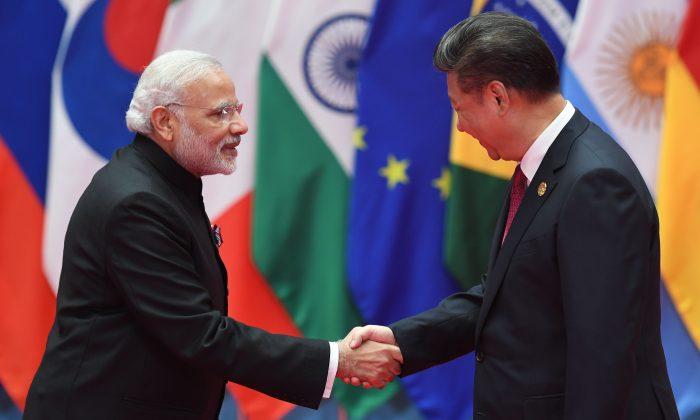
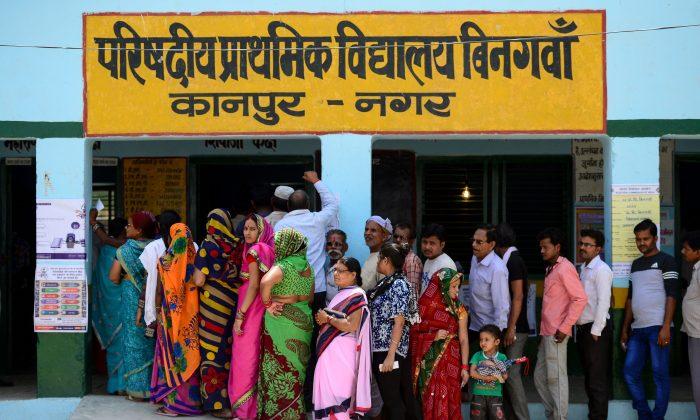
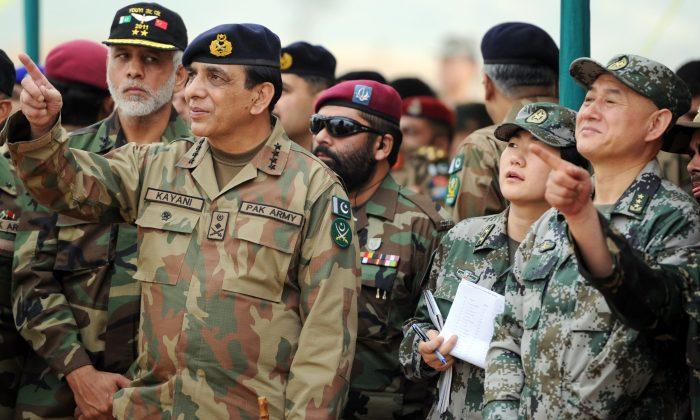
Friends Read Free